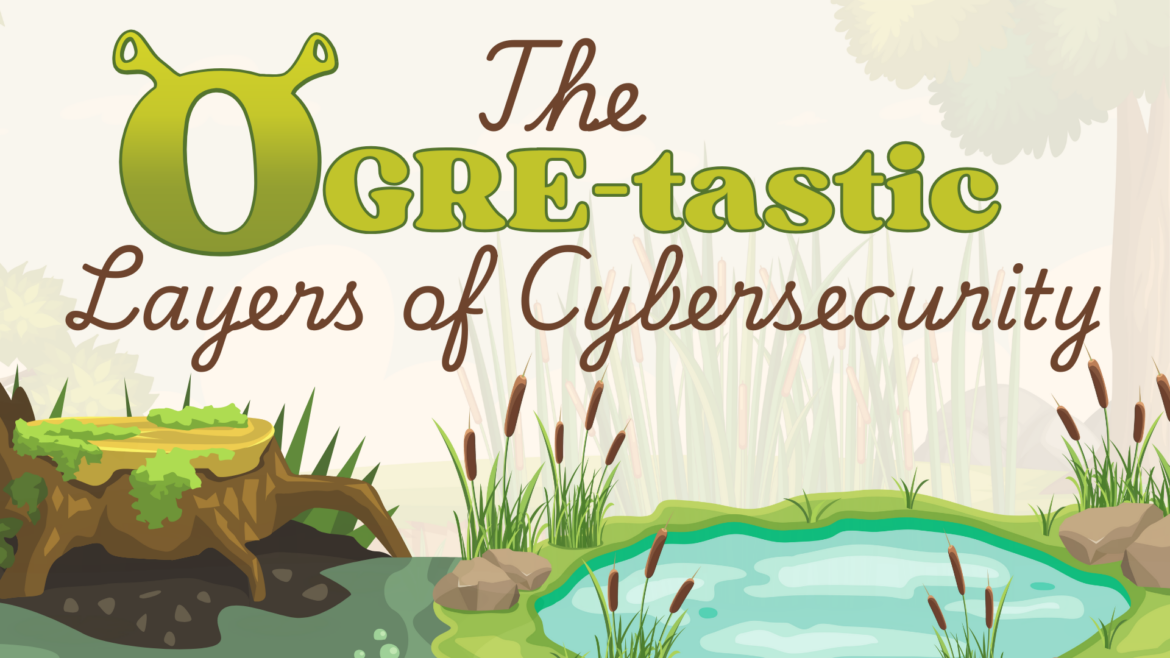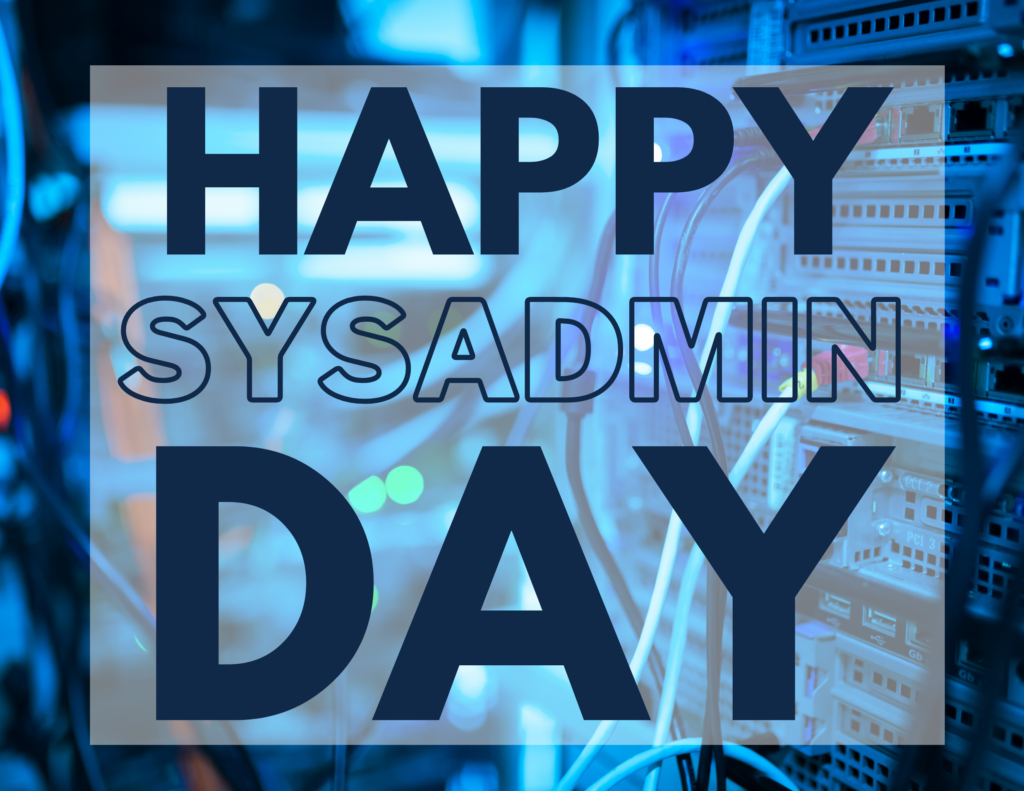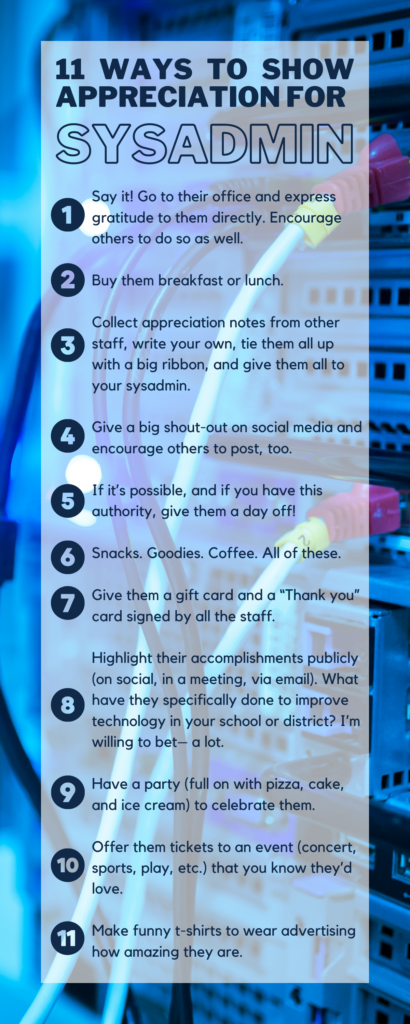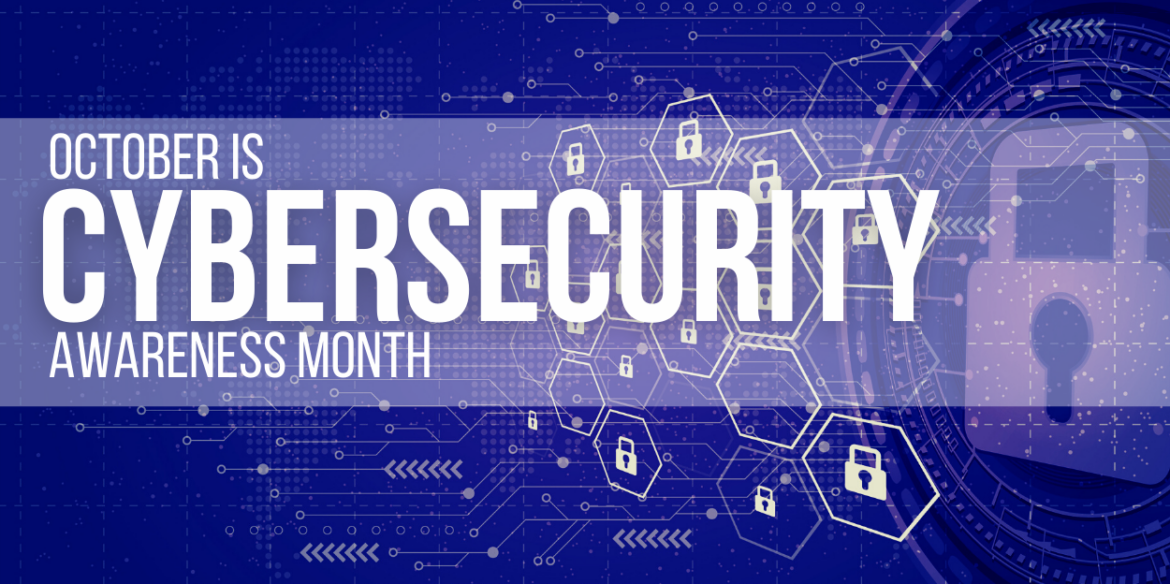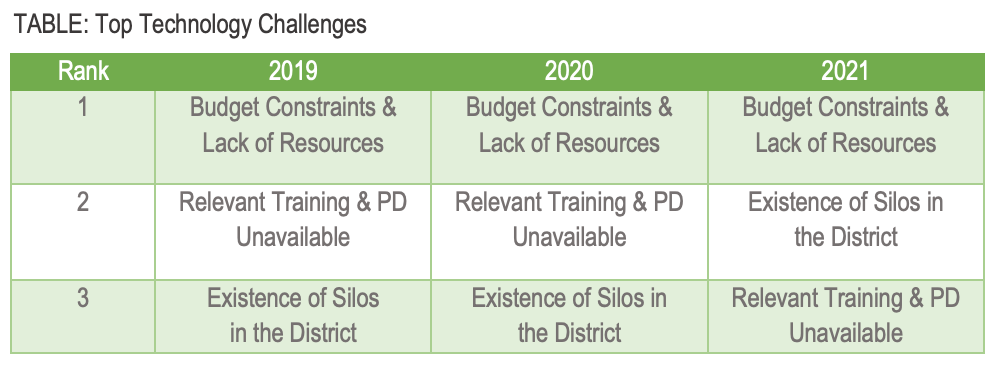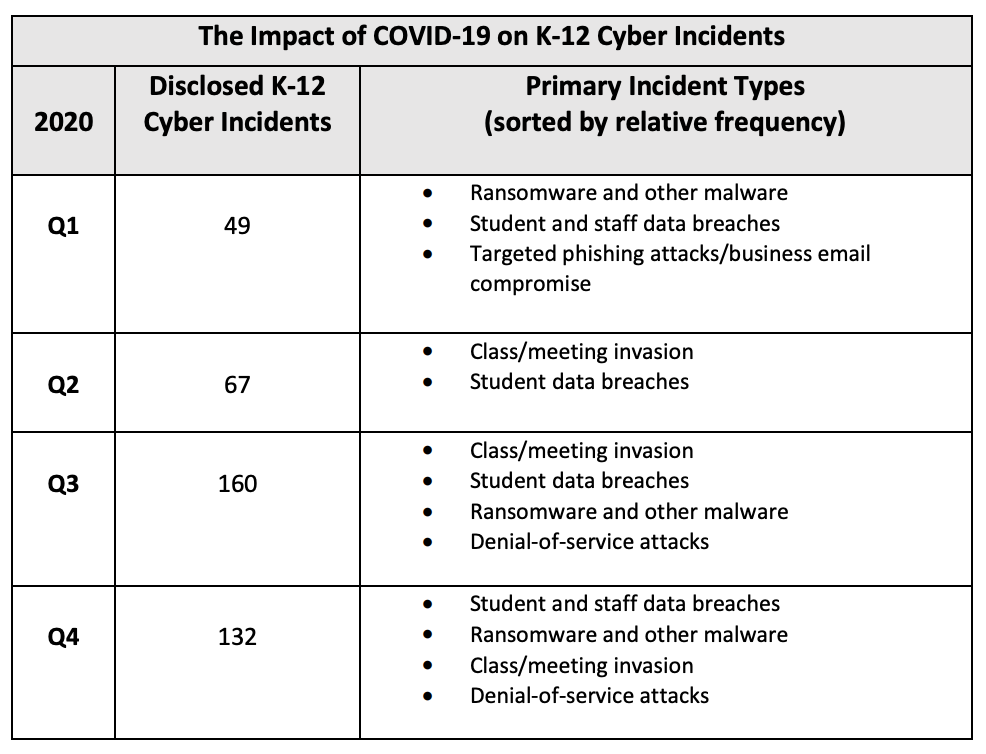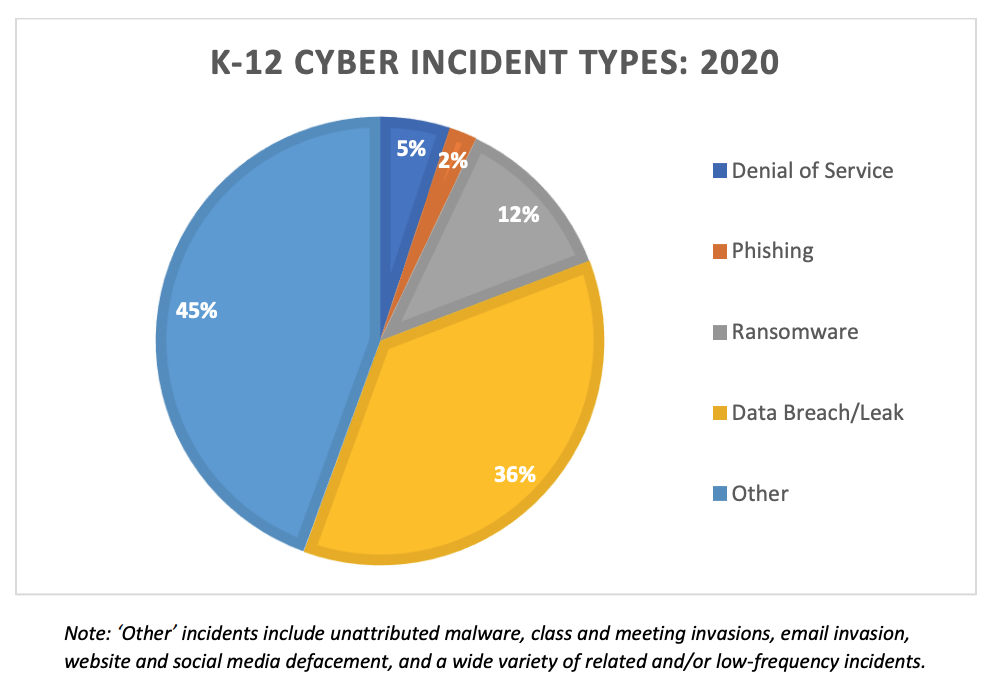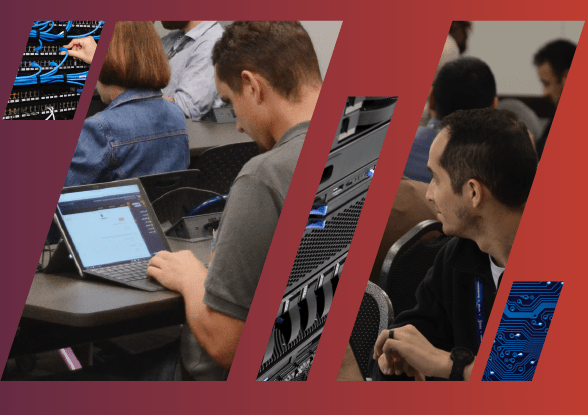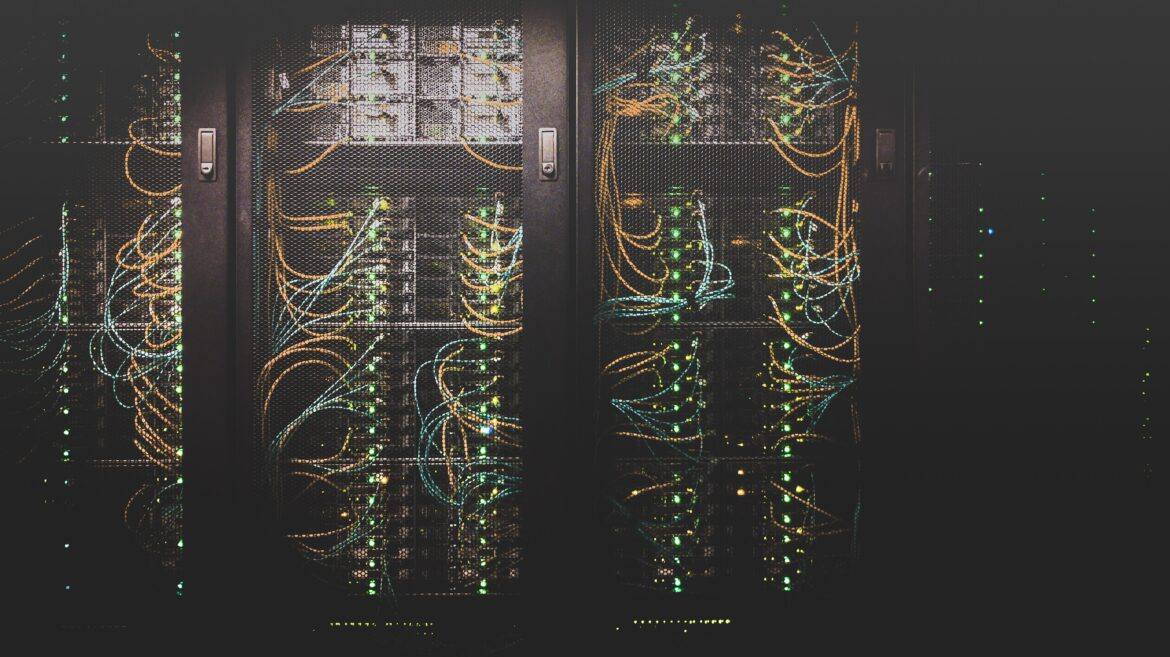Disclaimer: This blog is not affiliated with or endorsed by DreamWorks Animation or the Shrek franchise.
In the movie Shrek, the title character famously states, “Ogres are like onions. They have layers.” Little did he know that this metaphor could easily be applied to cybersecurity. Ogres, onions, and cybersecurity are made up of layers, each one an important part in protecting a school district’s sensitive information. These layers work together to create a defense system that shields data from cyberattacks, much like how Shrek’s tough exterior protects his softer side. In today’s digital world, especially for K-12 schools, cybersecurity has become more essential than ever.
Why Layers of Cybersecurity are Important for K-12 Schools
As schools have become more reliant on technology, the need for robust cybersecurity practices has grown. K-12 schools, often considered “soft targets” by cybercriminals, are particularly vulnerable. Our institutions manage sensitive information, including student records, health information, staff data, and even financial details. A data breach can have severe consequences, not only putting children’s personal information at risk but also compromising the trust of the local community.
Consider this: many schools now operate on cloud-based platforms for grading, attendance, communication, and learning management systems. If these platforms are compromised, students’ academic records, health data, or even photos can be exposed to hackers. Additionally, K-12 schools are often underfunded and understaffed in the IT department, which means we may not always have the latest cybersecurity measures in place. A single breach can disrupt learning, lead to costly ransomware attacks, and jeopardize the safety and privacy of everyone involved.
How Cybersecurity Relates to Information Security
To understand the layers of cybersecurity, it’s essential to know how it fits into the broader concept of information security. While these terms are sometimes used interchangeably, they refer to different things. Cybersecurity focuses on protecting digital assets and systems from attacks, while information security is a broader umbrella, encompassing the protection of both digital and physical information.
For K-12 education, cybersecurity deals with safeguarding our digital infrastructure, everything from the Wi-Fi network to student devices. Information security, on the other hand, involves managing all information assets, including physical documents, ensuring that private records remain private and data integrity is maintained, whether online or offline. Both are crucial for schools, as they intersect at many points, especially within digital classrooms.
The Layers of Cybersecurity That Protect Sensitive Data
In cybersecurity, the idea of defense in depth is fundamental, and much like the layers of an onion, or an ogre, multiple layers of defense are required to fully protect data. The following are key layers that K-12 schools should consider when building a comprehensive cybersecurity strategy:
1. Physical Security: The outermost layer of cybersecurity often starts with physical protection. This includes securing devices like school computers, servers, and storage rooms to prevent unauthorized access. Locking doors, installing surveillance cameras, and ensuring that only authorized personnel can access critical areas is the first line of defense.
2. Network Security: A robust firewall is essential to block unauthorized users from accessing the school’s network. Network security also includes tools like intrusion detection systems (IDS) that monitor network traffic for signs of unusual activity. Schools should also use Virtual Private Networks (VPNs) for secure communication and ensure that their Wi-Fi networks are encrypted and password-protected.
3. Endpoint Security: With students and teachers often using mobile devices such as laptops, smartphones, and tablets, endpoint security is vital. Schools must install endpoint detection and response software and ensure regular software updates to prevent vulnerabilities. Implementing mobile device management (MDM) can help administrators monitor and secure student devices.
4. Data Encryption: Data encryption is an essential layer that ensures even if a bad actor intercepts data, they cannot easily read or use it. Schools should encrypt sensitive student and staff information, both at rest (stored data) and in transit (data being shared across networks).
5. Identity and Access Management (IAM): Not everyone needs access to every part of a school’s digital ecosystem. By implementing access controls, such as multi-factor authentication (MFA) and role-based access controls (RBAC), schools can ensure that only authorized individuals can access sensitive information. For example, a teacher may not need access to administrative financial records, while an IT administrator shouldn’t have access to student health records.
6. Incident Response Plan: Even with multiple layers of defense, no system is immune to attacks. That’s why it’s important for schools to have a detailed incident response plan. This layer ensures that in the event of a breach, there are procedures in place to mitigate the damage, recover lost data, and communicate effectively with stakeholders.
Cybersecurity is for Everyone
Cybersecurity isn’t just the responsibility of IT professionals; everyone in a school can play a role. Everyone, such as teachers, administrative staff, and even students, can contribute to a more secure environment with these simple but effective practices:
1. Strong Passwords: One of the easiest ways to improve security is by using strong, unique passwords for different accounts. Encourage staff and students to use passphrases or a mix of letters, numbers, and symbols, and to avoid using easily guessable passwords like “password123.” Entropy, the Second Law of Thermodynamics, can be applied to password creation to create complex passwords by combining random characters, numbers, and symbols in a way that maximizes unpredictability, making it harder for bad actors to guess or crack through brute-force methods.
2. Multi-Factor Authentication (MFA): Implement MFA wherever possible. This adds an extra layer of security by requiring users to provide two or more verification factors, such as a password and a one-time code sent to their phone.
3. Training: We can avoid many cyberattacks by learning how to recognize phishing emails, which often appear to be from legitimate sources but aim to steal login credentials or install malware. Training staff and students to avoid clicking on suspicious links can prevent many potential threats.
4. Software Updates: Regular software updates and patches are often the first line of defense against known vulnerabilities. We should keep our devices and software up to date, which helps close the door on potential threats.
5. Backup Important Data: In case of a ransomware attack or system failure, having regular backups of important data is critical. Users should be encouraged to store backups on secure, remote locations or cloud services, separate from their primary system.
Cybersecurity is Ogre-tastic!
Just like ogres have layers, so does cybersecurity. For K-12 schools, implementing these multiple layers, from physical and network security to training and awareness among staff and students, is crucial for safeguarding sensitive data. The responsibility of cybersecurity doesn’t fall solely on IT departments; everyone can contribute to building a secure learning environment. By staying vigilant, following best practices, and understanding the role that each layer plays, schools can protect their digital assets, ensure student privacy, and create a safe online space for learning.
Join us at SysAdmin 2024
Are you a system administrator or technical support staff member looking for a conference that fits your distinct needs? We’ve got you covered! Join us for SysAdmin 2024, the leading conference designed with you in mind.
Check out sessions like Dr. Brian Brown’s “From Ogre to Firewall: Shrek’s Multi-Layered Security Strategy” and more, this Nov. 7-8 in Georgetown, TX!

